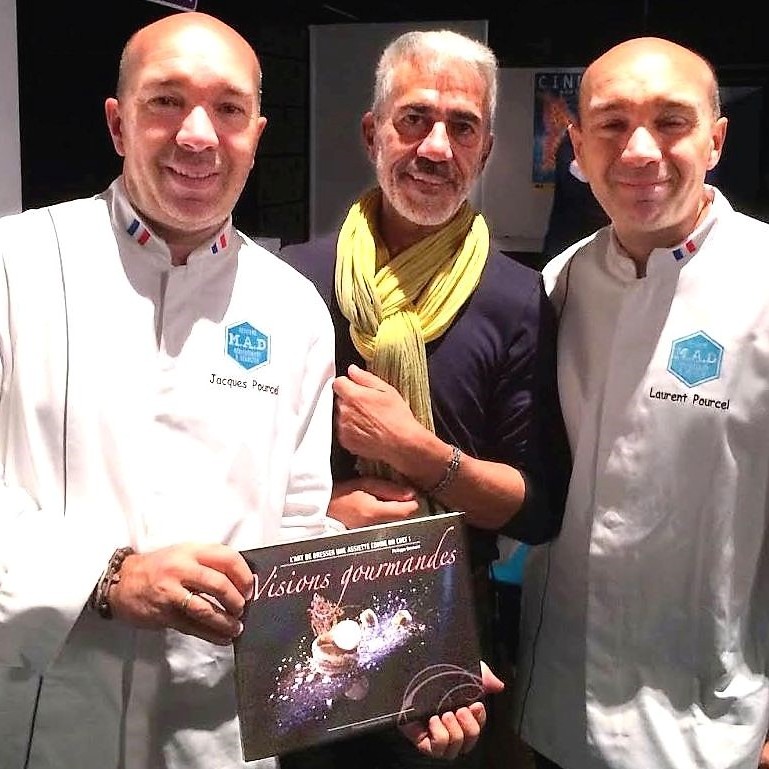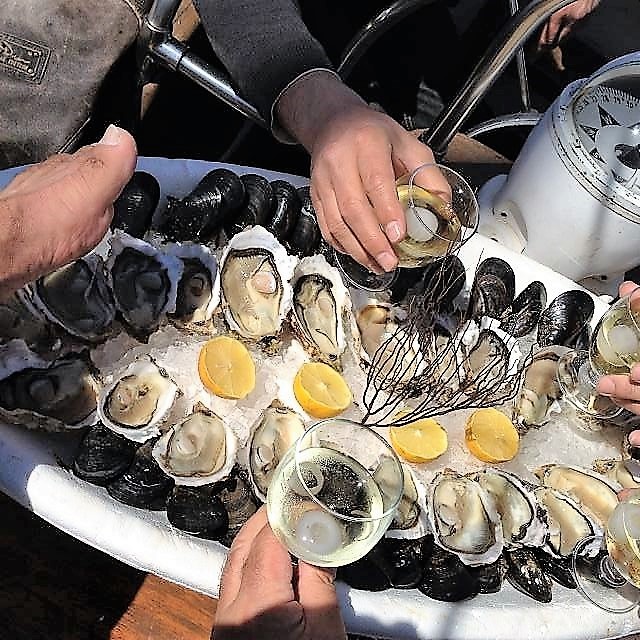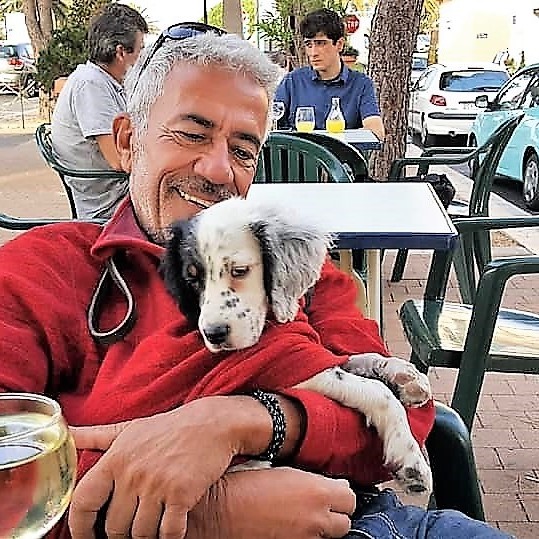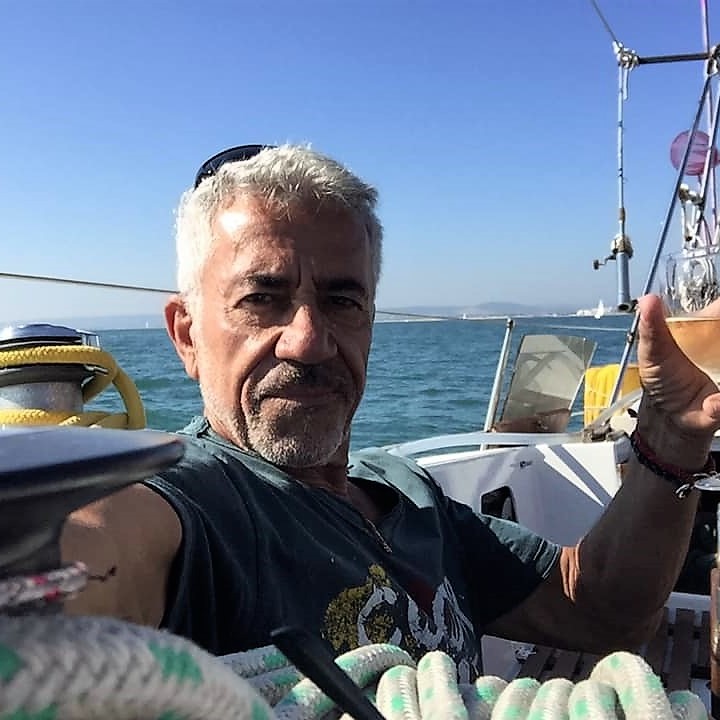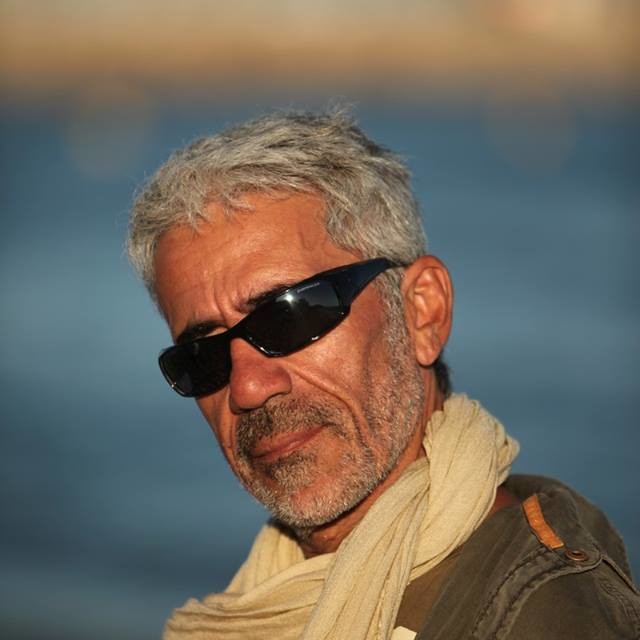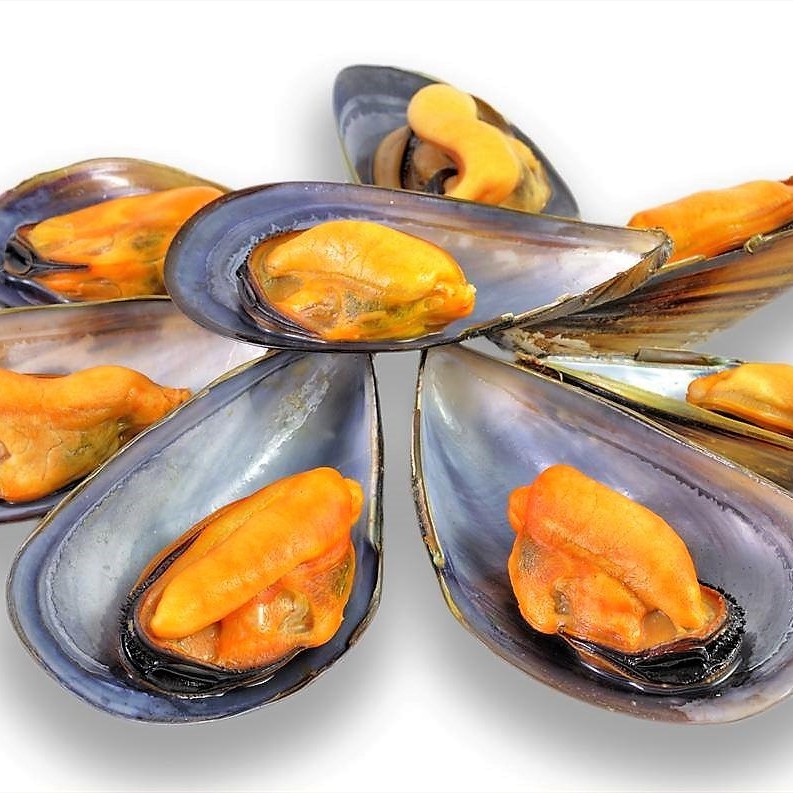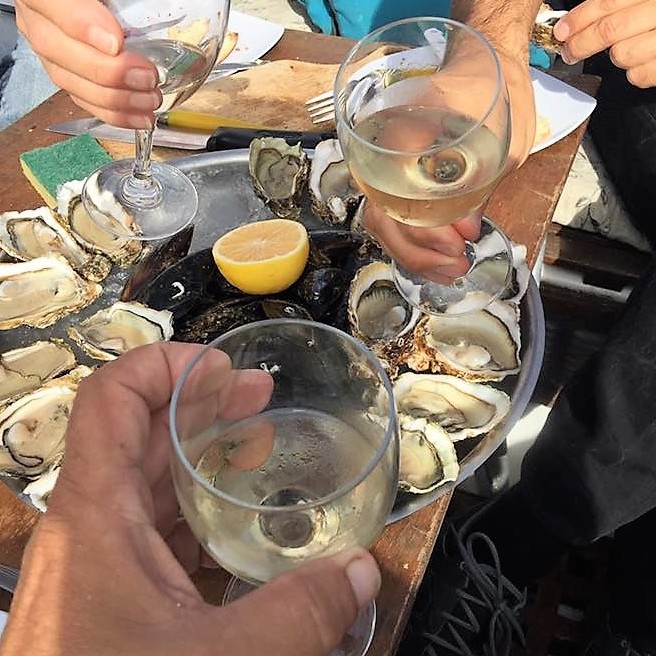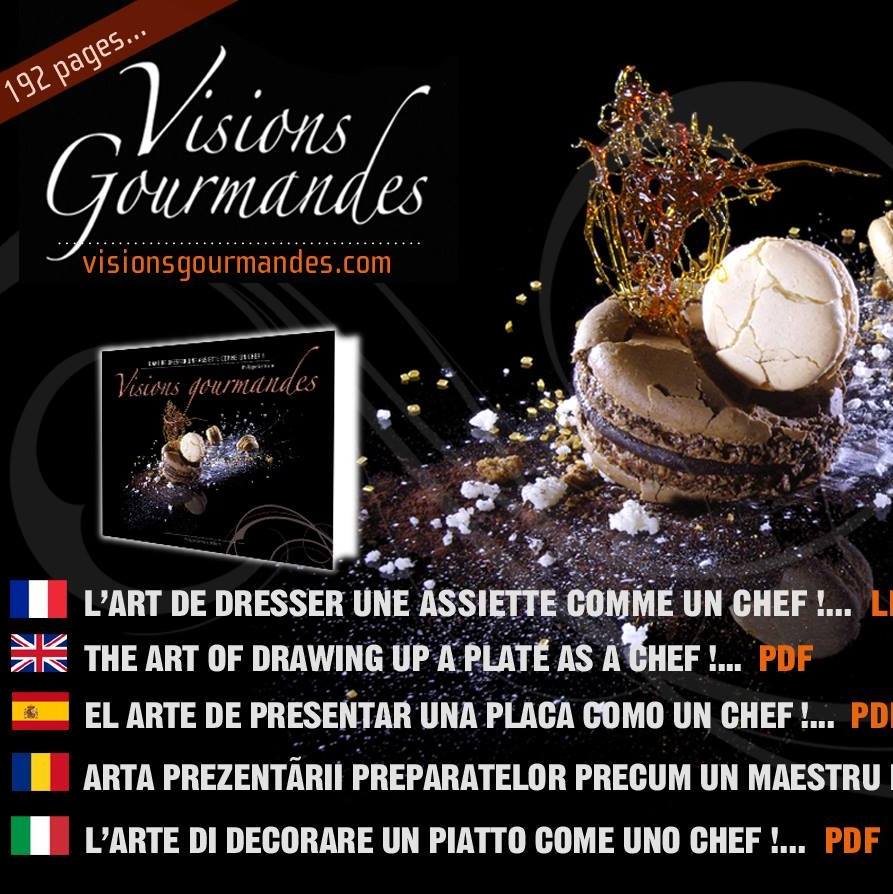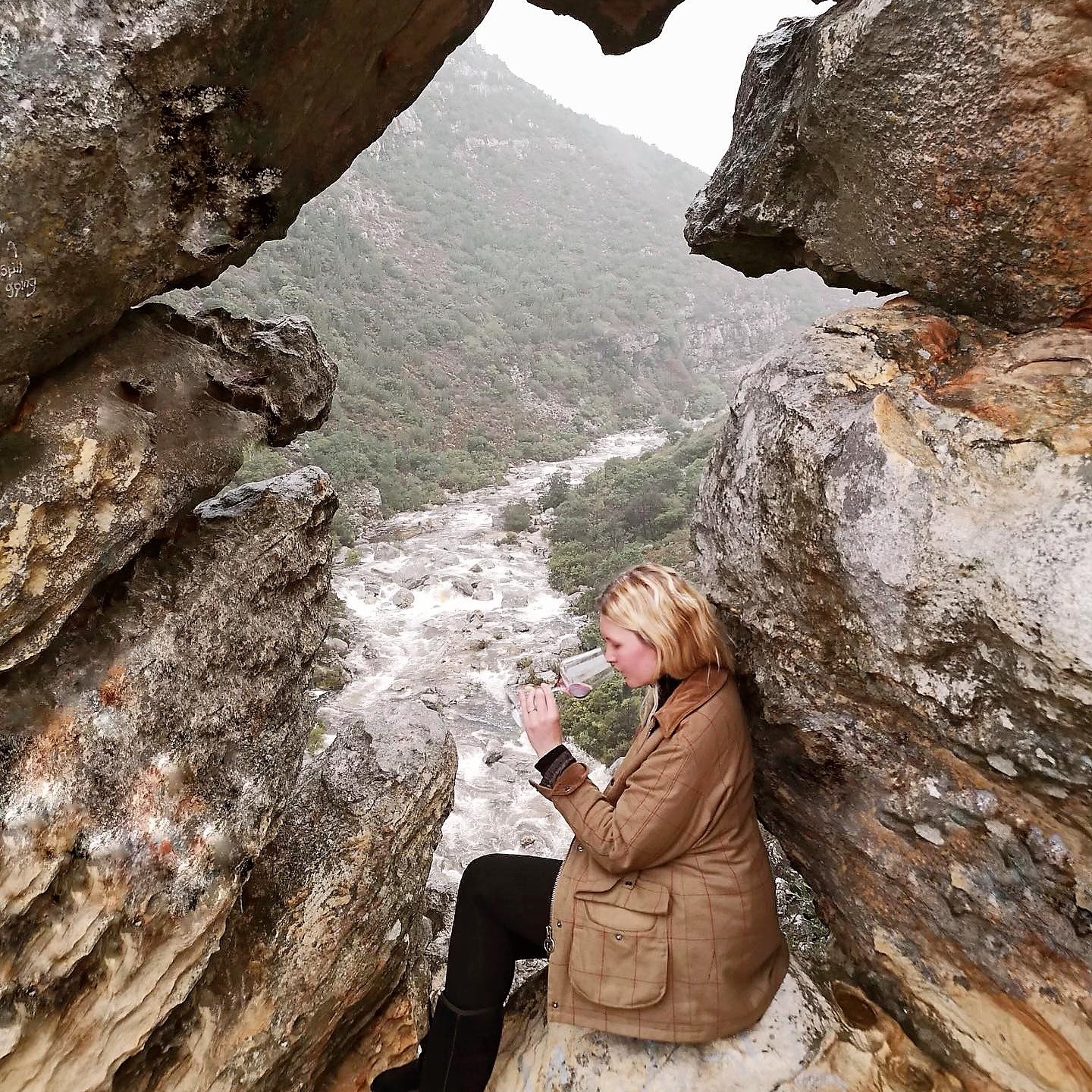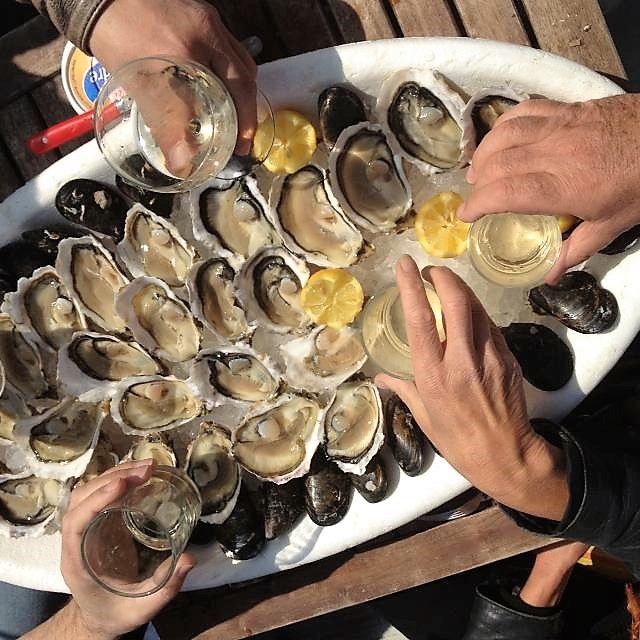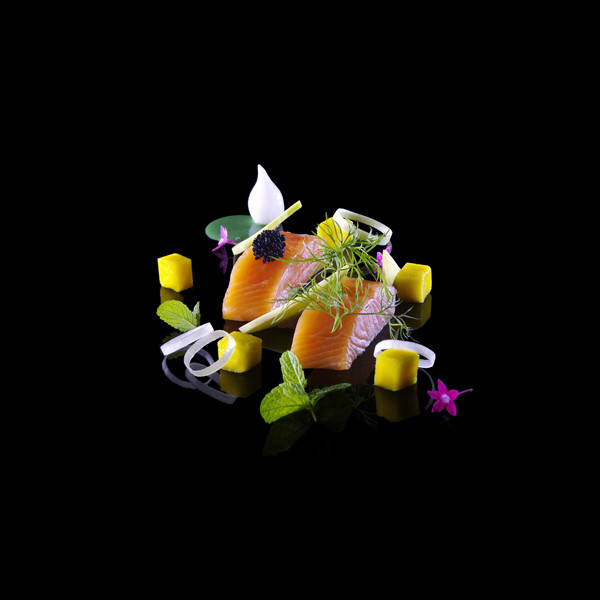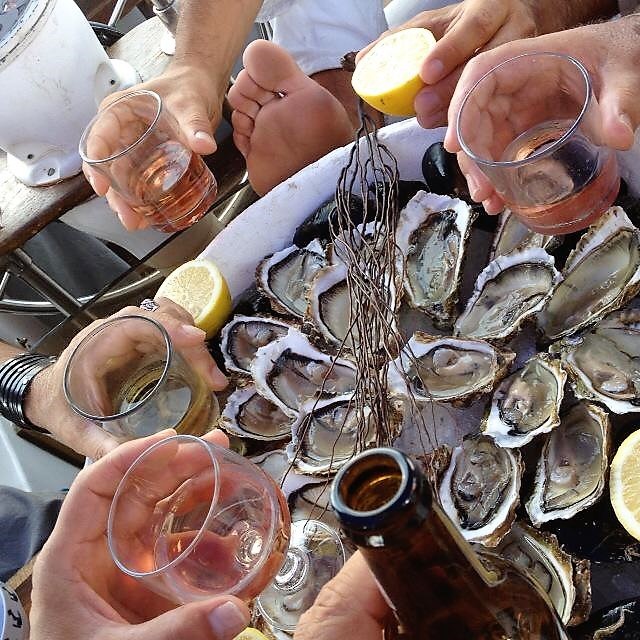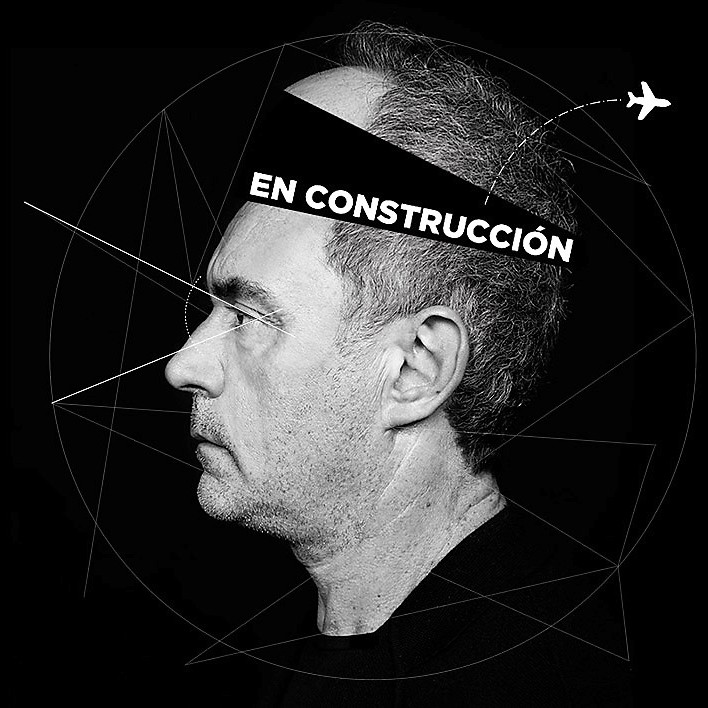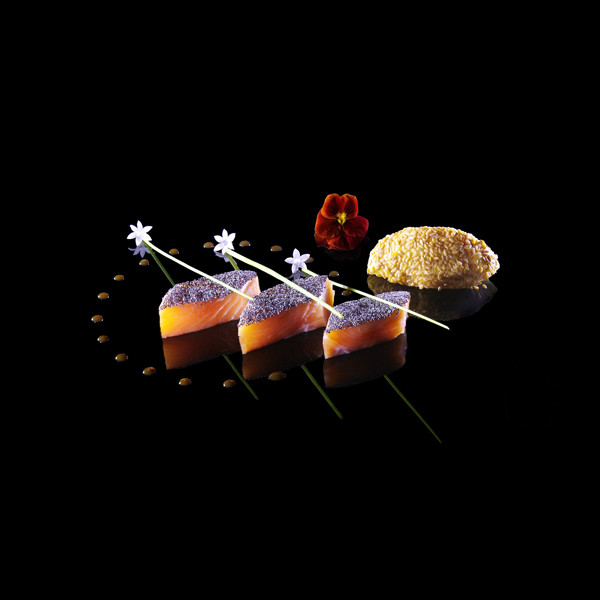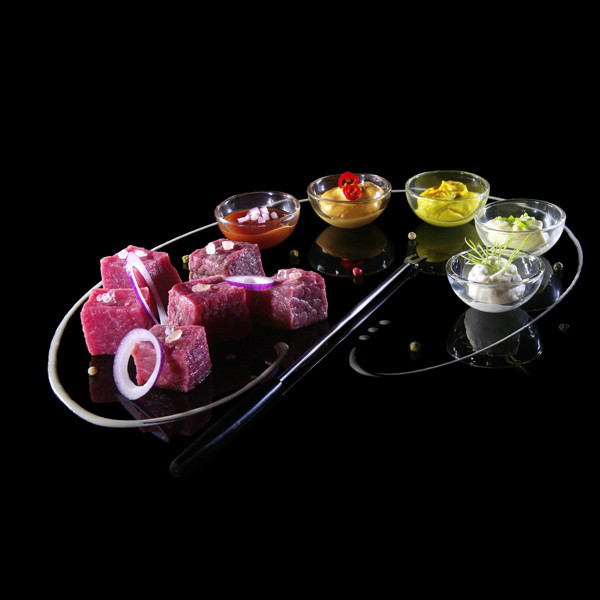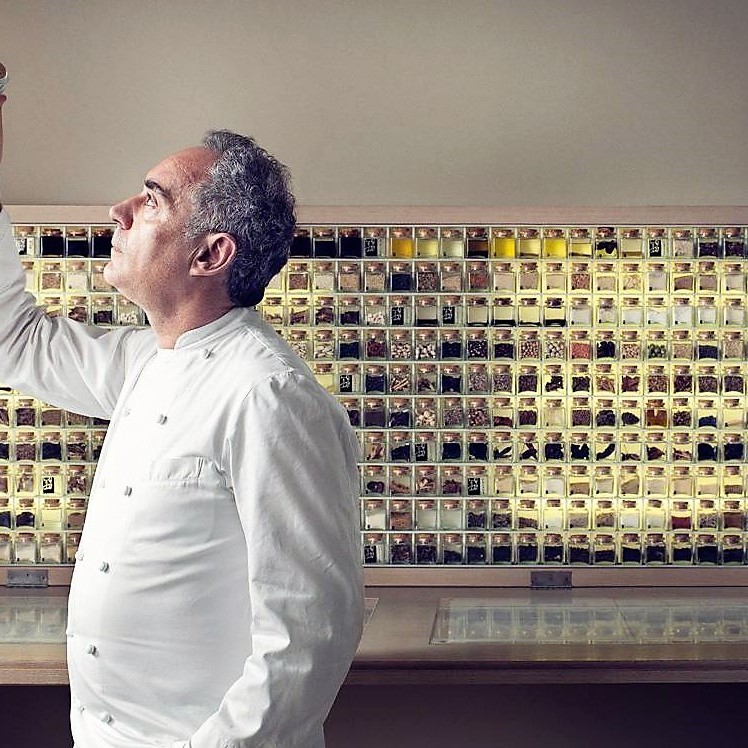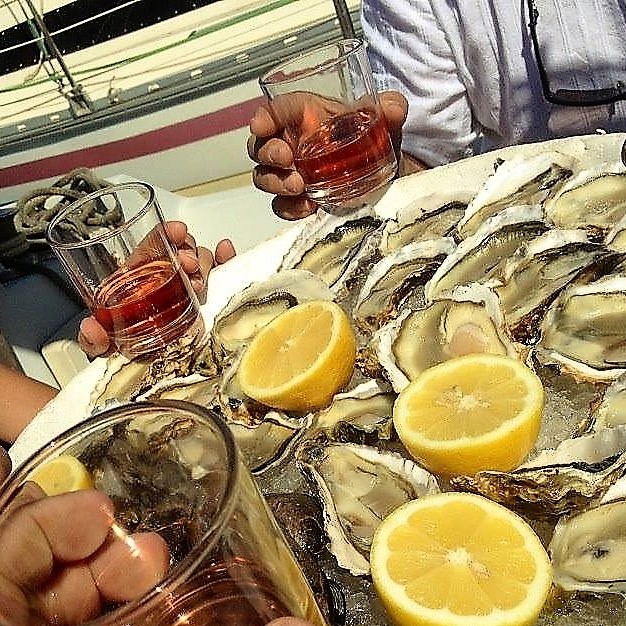INTERVIEW PHILIPPE GERMAIN - VISIONS GOURMANDES
By: Publisher & Journalist Margaux CintranoFounder of Beyond Taste, Oltre il Gusto Magazine
QUIQUE DACOSTA has been one of the sky rocketing new generation leaders of traditional Spanish vanguard signature cuisine in the last two decades, he has been experimenting and researching for example, the uses of aloe vera plants in their embryonic stages. He did not know if aloe vera was even edible at that point during its its development when he began his trials. He told me. It was simply a process of trial and error until he managed to create the delectably edible. His investigative spirit has earned him global recognition, a host of awards and numerous Michelin Stars.
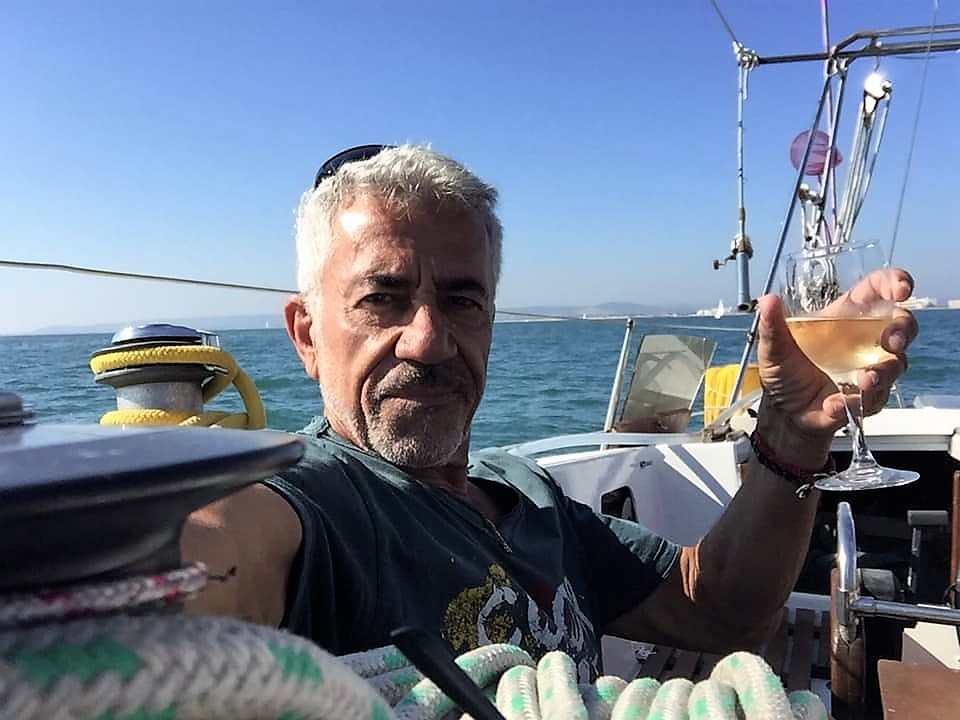
Philippe, let´s start with a totally basic question, how do you write ? With a pen, with a pencil or via computer or mechanical pencil ?
Normally, I work with pencil and paper. But often enough, I can also work with a voice dictation recorder that automatically transcribes text on my computer.
Tell us, about Visions Gourmandes. How did you create the concept ? What inspired your dedication to Visions Gourmandes ?
This is certainly the most interesting question.
It all started one day when I was invited as a jury member of a culinary competition. The most interesting notation seemed to be the one concerning the presentation.
So I wanted to document me and I desperately looked for a book relating the subject. Impossible to find, even in foreign language.
It was at that moment that the idea of a reference work on straightening the plate was born.
What was the book writing process like ?
I started writing the book in 2013.
My plan was a simple idea: first, a theoretical and technical part of the concepts that make a dish successful. Then the visual part with a number of culinary creations, each accompanied by a procedure for its implementation.
What were the most challenging chapters in the book and why ?
I wrote the first part of the book relatively quickly and rather easily because I mastered in the different aspects.
What has been most difficult to achieve concerned the enforcement and the creation of all the original culinary works that are found in the book.
My first idea was to use various professionals and above all creative chefs to create the fifty plates.
This proved impractical very quickly and logistically and impractical in my perspective.
I had done a re think, and pondered on the idea, of catering schools and to have students work under my artistic direction with the help of their teachers.
Again, the idea had proved too complicated to implement
After, I imagined get a group of culinary photographers who could serve as intermediaries between their clients and my idea of the book.
Finally, I decided I had to perform all of the labors, and photograph the book myself, and all the works composed in the book are mine and the illustrations are my mother´s.
So that was the hardest part, but it was also the most interesting part in the realization of this book.
Did you actually take notes prior to writing the book ? Did you write your thoughts down for the book during other professional activities ?
No note taking. No thoughts collected over that period of time. The writing of the first part of the book was done in one go. Once the defined plan, it was relatively quick and easy to write all the chapters.
When were your best writing moments, the early am or late at night ? Did you have a specific time period where the words seems to flow off the pen so to speak ?
I had the chance to write the book in idyllic conditions rather because I was on a distant tropical island for a few months in the sun, especially in the morning, during the spring 2013.
A judicious mix of documentation and reflections enabled me to write all the text in one go.
Did you video tape the preparation of the dishes ?
Unfortunately I have no videos on the implementation of all my dishes.
It was hard enough to coordinate the implementation and management of each photo in my creations.
That said, it had seemed to me, quite interesting to imagine now, the achievement of pre-made dishes in the form of instructional videos.
Can we talk a little bit about the naming of the recipes ? What inspired these extraordinary names ?
If this question is put to me, have you enjoyed all these titles ?
In fact, I imagined relatively quickly, at a time when it was necessary to define the layout. At this point, I have not thought much about each title. I especially instinctively laid out what was going through my mind as what inspired me, of this or that dish.
In 2013, prior to our meeting, I recall you mentioning that you were going to utilize some of the uncountable comments that have been made online. Is there going to be a second book or a sequel to Visions Gourmandes ?
In reality, because this book seems rather comprehensive, and I did not see how I could imagine a sequel.
I could possibly add new creations under different themes, or write books for each theme, an artistic coordination with a creative professional chef. However, this would be a book rather than an expansion and not a sequel.
I would prefer to direct training modules in videos.
To continue this project, I rather would organize Master Classes to help all cooking enthusiasts, professionals or amateurs, to create beautiful presentations of plates.
Can you tell us about the challenges that you had faced in the process of publishing a book of this nature, a first of its type ?
I have already spoken of a first difficulty was to find who would create the dishes that make up the book.
But more broadly, the challenge was to combine all the skills needed to produce a book.
Fortunately, I was well surrounded by a few friends who had helped me by intervening in various parts of the book.
Fortunately, my career has allowed me to calmly deal with all aspects of the realization and the production of the book, in particular concerning the photos, the computer part, the administrative part and thousands of other details because this book has been fully directed and financed at own expense, from design to distribution.
How did you get yourself into the mental space required to write this kind of Professional Culinary Artist´s course, for lack of a better word, to provide such a thorough and complete text on the art of plating ?
It’s like having a child. It is the passion for one´s baby that gives all of us, the energy to move forward. Add to that a good dose of passion for the subject, and you will achieve this result very honorably, and be recognized as a success by all amateurs and professionals.

